|
The forests of New England provide lush, dense greenery in spring and summer, but something happens in the fall that always results in the landscape looking like a monotonous mash up of grays and browns. Trees cut off the nutrient source to their leaves and in a matter of weeks they go from green, to bright red, orange and yellow, to completely bare. Except for, of course, the pine trees!
As mentioned, Massachusetts has a mix of both pine and deciduous trees, but as you travel more northward in North America, pine trees begin to define the landscape. This is because pine trees have more adaptations that allow them to be successful in cold, dry, nutrient deficient conditions year-round, whereas deciduous trees are better adapted for climates with distinct seasons such as those in New England. Looking at ecosystems further north, such as into Canada and northern parts of Europe and Russia, deciduous trees become non-existent.
Second, their structure. A key characteristic of pine trees are their needle leaf structure. Needles serve the exact same purpose for pine trees as broad leaves serve for other trees. They use chlorophyll, which is why they are primarily green in color, to convert the sun’s light energy into sugar. A process also known as photosynthesis. You may be wondering, if they serve the same purpose, what are the benefits of the distinct needle-shape? Well, a pine needle is essentially a broad leaf that has been rolled up tightly around the center vein of the leaf. Just as fat keeps animals warm in the winter, these rolled up structures keep the internal workings of the leaf from getting too cold, allowing nutrients to continue to flow freely between the needles and the tree trunk.
And finally, pine trees have an exceptionally cool way of dispersing, or spreading, their seeds to ensure the survival of future generations. Each scale of a pine cone is home to one seed of a pine tree (also known as a pine nut) and together, the many scales create a protective structure known as the cone. When conditions are dry, pinecones will open up to drop their seeds, but if conditions are wet and not favorable, the pinecones will close so as not to drop the seeds at times when they may not survive. This is something we can observe when looking at pine cones in Massachusetts. If you stumble across a cone bearing pine tree during dry weather, you will notice the individual scales will be spread out so that seeds can drop with ease. On the contrary, if you come across a pine tree on a rainy day, you will notice that the cones are tightly closed so as not to drop the seeds when they might drown from too much water! Evergreen pine trees are tough and everything about them is to ensure their survival in areas where many other plants and animals struggle to thrive. Can you think of any other adaptations that pine trees may have to help them combat harsh weather? Next time you are walking in a mixed forest, try to find a pine tree and a deciduous tree to compare with each other! Do you notice any adaptations about the deciduous tree that makes it better able to survive the changing seasons?
0 Comments
When making recordings and observations in nature journals, emphasis is often put on what people can see and not so much on what they can hear. Today's exercise is all about changing perspective and, in fact, eliminating the element of sight altogether. The sounds that are associated with different seasons, environments, or even times of day can be equally as insightful and intriguing as the visual elements of an area. Below are a couple of ideas for nature journaling that focus on the different sounds within a habitat and how to capture them in a meaningful way. Being in tune with the different, natural noises of an environment can serve as a helpful backdrop when learning various animal calls, especially birds!
The first journaling activity is to track changes in sound over time. This is very similar to previously mentioned journaling activities about watching a landscape change over time, or a specific flower or leaf. Find a place in nature that is easily accessible and can be visited around the same time every day. Take a seat and begin to listen to the sounds. After taking a moment to fully embrace the area, start a timer for a set amount of time. While the timer is running, record all the noises that are happening in the environment. If any of the sounds are coming from unknown sources, try to describe them as specifically as possible. Do this exercise at least once a day in the same spot for a week and see if anything changes! This can also be done at different times throughout the day to see how the time of day affects what kinds of noises can be heard. The next sound journaling activity is to create a sound map! Similarly to the first activity, step one is to find somewhere in nature to sit and be undisturbed while listening to the surroundings. Pull out your nature journal and follow these steps to create a map:
If you would like your sound map to be more visual, you can create a sound key as well! With your sound key, you can designate different shapes for the different sounds you are hearing. Just be sure to record what each shape represents in as much detail as possible. Although it is not necessary, it can be a lot of fun to create sound maps at different times throughout the day as well as from the same spot on different days over time. It can be an insightful visual tool for watching sounds change and move throughout an environment. You can even explore with creating sound maps in different habitats. What sounds were different? Are there any sounds that stayed the same? Are you unsure of any of the sounds you are hearing?
When you've collected a good amount of seeds, it's time to start making observations. Before recording any information in your nature journal, take some time to look through your collection. Are there any seeds that look similar? Is there anything that has you questioning whether or not it is a seed? What about it is seed-like and what about it makes you think it might be something else? A great way to organize seeds is by dispersal method! Dispersal is the way that seeds travel away from their parent plant. The way a seed looks can tell us a lot about how it travels. Below are some visual representations of seeds with unique dispersal methods, which might help you determine how your own seeds disperse! Once you've spent enough time looking at your seeds, start sketching them! Try to be as detailed as possible in your journals. Not only can you sketch your seeds, but you can also label them with any observations and record why you organized them in the way that you did. What stood out about your seeds? Did anything surprise you? And finally, be sure to note how you think your seeds disperse!
Fall is a time for change! The transition from hot, summer days to cold, winter nights is one that plants and animals prepare for all year round. One of the amazing parts of keeping consistent Nature Journals is being able to track change over time, also known as phenology, but seeing changes on a larger scale requires keeping journals for years, and, to be honest, sometimes that is just too long! If you are in need of a nature journal change of pace, consider honing in your focus on something more specific than general observations. The landscape changes very quickly in the fall, but the pieces of the landscape: flowers, leaves, ground cover, etc., are changing even more rapidly! A satisfying nature journaling activity during the fall can be monitoring a single area in your yard, or even one branch or leaf over the span of a week or two.
Not only is this activity great for doing in the fall, but it's also one you can do right inside your house! Don't have a good place outside to make daily observations? Bring the outside in! Be it a flower, a leaf, or even a seed, bring it inside to monitor what changes start to occur with your nature journal change chart!
With a little bit of attention, pumpkin seeds provide a great opportunity to watch growth and change happen right in the comfort of our homes! All you need is one pumpkin seed, a damp paper towel, ziplock bag, tape, and a window that catches some sun. The first thing you need to do is cut the paper towel so that it will fit inside of your ziplock bag when folded in half. Then, moisten the paper towel and fold it over your pumpkin seed. You should be able to see your seed through the moistened paper towel. Place the paper towel surrounding the pumpkin seed inside of the ziplock bag and zip it shut. Find a window to hang your ziplock with masking tape so that it gets an ample amount of sunlight each day. Over the course of a couple of weeks, you should be able to see your seed start to change and eventually a sprout will appear! You can use a flashlight against the back of your seed to observe in anything is going on inside the seed that isn't visible from the outside.
Clouds are not the only indication of what kind of weather we can expect. There are all sorts of other clues scattered within our natural surroundings that help us to predict the forecast. One of which is something we can find all over the place here in New England. Pine cones! Helping Predict Precipitation
Because the pine cone wants to ensure that the majority of the seeds will get an opportunity to grow into their own pine trees, it is very selective about when it opens and closes. If there is moisture in the air, the pine cone will close to prevent the seeds from falling out and being drowned by too much water, and if the air is dry, the pine cone will open, allowing the seeds to be picked up by gusts of wind and even light breezes. If you see closed pine cones on a tree, you should expect precipitation in the future, but if you see that the pine cones on a tree are all open, you can anticipate dry weather in the forecast! Fall is a great time to get outside and explore the strange weather that comes with the changing of the season. If you are anything like me, you've been completely flummoxed by the cold snaps and warm spells we've been having over the past few weeks. I know, nothing should surprise me when it comes to weather in New England, but part of me still expects that on the first official day of fall, the cold air will move in and we can all start layering up and drinking hot apple cider. Of course, this is never the case.
Explore the Clouds
Seeing cirrus clouds usually indicates that there will be change of weather within 24 hours. Because they are formed by strong winds, and sometimes wind that we can't feel on the surface of the Earth, it means that new weather patterns are moving in. If you are seeing cumulus clouds in the sky, it means that it is sunny outside and you can expect the weather to stay the same until the clouds change.
Seeing Cumulonimbus Clouds indicates that there is snow, rain, hail, lightning and possible thunderstorms approaching. If you are seeing Stratus Clouds, you can expect an occasional drizzle or dampness in the air along with light rain, but mostly it is a sign of a day without sun. Next week, we will look into other aspects of our environments that can help us make even more predictions about how the weather may change, including: plant behavior, animal behavior, and wind movement! Columbus day is right around the corner and for many of us this means packing up the car and taking a short trip somewhere to enjoy the long weekend. With this change of scenery brings an opportunity to make new observations in our nature journals. Sometimes, a new perspective is exactly what we need to revitalize how we look at our surroundings. Not going anywhere this Columbus Day? Don't despair, use the below prompts as an excuse to find somewhere local that you haven't explored yet! This can be as simple as turning down a new street on a walk, or perusing google maps for a conveniently located green space. Regardless of where you end up, hopefully you'll take away some tips and tricks from this post that you can use in your next journal entry! As always, the prompts below are inspired by Clare Walker Leslie and Charles E. Roth's Keeping a Nature Journal or Clare Walker Leslie's The Nature Connection. 1. Prepare a Vacation Nature Kit! With your collected objects, you can create a curio cabinet. A curio cabinet is a cabinet filled with curiosities! Before having public museums, individual collectors would invite guests over to their homes to tour their curio cabinets that were filled with interesting finds from all across the world. You, too, can create your own display for guests to look at when they visit your home.
2. Explore Different Forms of Expression
3. Replace Your Photos! Challenge yourself to put away the camera and capture your vacation with your journal instead. You may find that using your journal to record your surrounding wildlife and even personal moments, will help you to remember specific details and note what's important about your experiences.
If you are traveling with friends or family members, ask them to contribute to your documentation as well! You can keep a group journal in which everyone can record their observations in their own unique styles. Children can also participate! Encourage younger travelers to keep journal pages of activities that they participate in or things they observe. At the end of the vacation, have journalers share their pages with the rest of the family/group.
Diapause
Antifreeze Yes, you read that correctly, some animals have natural antifreeze in their bodies! It's not exactly like the antifreeze that we put in our windshield wiper fluid, but it certainly serves the same purpose. The antifreeze that is found throughout some insects is a variety of different compounds that are also known as cryoprotectants. Cryo- meaning involving or producing cold and -protectants meaning providing protection, so cold protection or protection from the cold.
Migration
Monarchs are not the only insects that participate in cyclical migrations, many flies and even lady beetles have similar habits. Because of their small size and ability to go unnoticed most of the time, it can be difficult to track insect migration. Even so, scientists have observed a couple of interesting anomalies in the past few years indicating that insect migration may be more common than we think.
... And more! Bugs are by far the most diverse animals on the planet and can be found on every single continent including Antarctica! This means that they have to have some incredible adaptations to defeat the cold weather. We talked about some of them above, but there are many more ways these little critters escape and even thrive in the cold weather. Some of these other methods include huddling together for warmth, digging below the frost line, laying eggs that can survive the cold weather before dying, and finding shelter in man-made buildings and structures.
One of the great joys of being in New England during fall is the chance to see the leaves change color! Not only do the leaves transform right in front of our eyes, but they also make their way to the ground as the trees prepare for winter dormancy. This yearly accumulation of excess of leaves on the ground provides the perfect opportunity to make detailed leaf observations in our nature journals! Trees that shed their leaves in preparation for a winter, hibernation-like state are called deciduous. Each fall the trees shut off the nutrient source to their leaves resulting in dramatic color change as the chlorophyll, which gives them their green color, drains out of them. Although these leaves will eventually fade to brown, by recording them in our journals, we can appreciate their unique colors, shapes, and patterns for years to come. Below are some tips and tricks on how to sketch and record fall leaves in your journals taken from Clare Walker Leslie and Charles E. Roth’s Keeping a Nature Journal and Clare Walker Leslie’s The Nature Connection. Create A Collection The first thing to do before recording observations is to find some leaves! Take a walk and pick up any leaves that speak to you. Try to find a variety of colors, shapes and sizes. The more eclectic your collection, the more you have to work with! You can organize your leaves however you’d like: size, shape, color, texture, etc. Find a website, or a tree guide to help you identify some of your leaves. Take some time to appreciate your collection and then grab your journal to start recording your observations and your findings. Starting With Shapes
Next Comes Colors (The Fun Part) The way you choose to color your leaves is completely up to you. You can play with different mediums: paint, pencils, water colors, pens, pencils, or whatever! With whichever utensil you choose, practice different strokes and styles to get the effect you are looking for. Adding color with changing weights will help to add depth to your observations. You can even use multiple utensils to show different textures and shadows!
It may help to pick your color palette ahead of time. You can experiment with mixing your colors to create gradients and seamless transitions between different hues. Tuesday, September 24 marked the first day of fall, meaning that all of us New Englanders, and anyone in the New England area, can now officially embrace the “it’s fall y’all” attitude. I’ve already seen pumpkins decorating neighborhood steps, fall flavors showing up on menus, and apple picking photos in full swing. One of the many delights of the fall season is the changing of the leaves! It’s something we see every year here in the Northeast, but it never seems to get old. The transition from different hues of green to firey landscapes of oranges, yellows and reds is truly mesmerizing, but what causes this change to happen? Are the trees dying? Why don’t they need their leaves in the Winter and why don’t the leaves stay green? The first step of answering these questions is understanding why trees even have leaves because not all of them do! Trees with leaves that change color and are shed annually are called deciduous trees. That is what we will be focusing on today.
The reason that most of the leaves we see on trees are green in the spring and summer is because there is a very special chemical called chlorophyll that helps the leaves capture the energy from the sun. Without their leaves, trees are not able to complete the process of photosynthesis.
The draining of all the extra energy and nutrients is what brings us to the changing of the leaf color! In order to get the most out of each leaf, the tree will cut off the supply of water and anything else that goes into the leaves, but it will continue to take nutrients out of the leaves. One of the molecules that gets broken down for its nutrients during the process is the chlorophyll. If you recall, chlorophyll is also responsible for giving leaves their green color. As the chlorophyll is drained from the leaves, other chemicals, many of which that have been present in the leaf for the entire spring and summer, are able to be seen more clearly! Scientists are able to pinpoint exactly what chemicals are responsible for what colors we see in the leaves throughout the fall: Once a tree has gotten all the nutrients it needs from a leaf, it will drop it to the ground and patch up the spot the leaf used to be with a self-made band aid. After all the leaves have been drained, the tree will go into dormancy for the winter. During this time, growth, energy use, and metabolism will dramatically slow down (just like hibernation) until the weather warms up again in the spring! The leaves on the ground will stay colorful for some time, but without being connected to their main source of nutrients and moisture, they will eventually dry up and turn brown. Fall Leaf Activity: Head outside and see how many different colored and shaped leaves you can find! Once you’ve collected a good amount, try to sort them. You can sort them however you want: by shape, by color, by size, etc. Explore the similarities and differences between the leaves. You can see if similar shaped leaves have similar colors and see if you notice any patterns among your findings. After you’ve spent time examining and sorting your collection, make some art! You can organize leaves outside in a temporary installation much like artist/sculptor Andy Goldsworthy, or you can tape or glue your leaves to a piece of paper for something you can display inside your home!
|
AuthorNRT's dedicated staff are responsible for the content of the NatureTalk blog. Questions? For more information on any blog post, please contact us at any time. Archives
December 2021
Categories
All
|


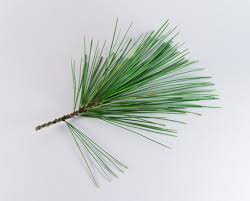
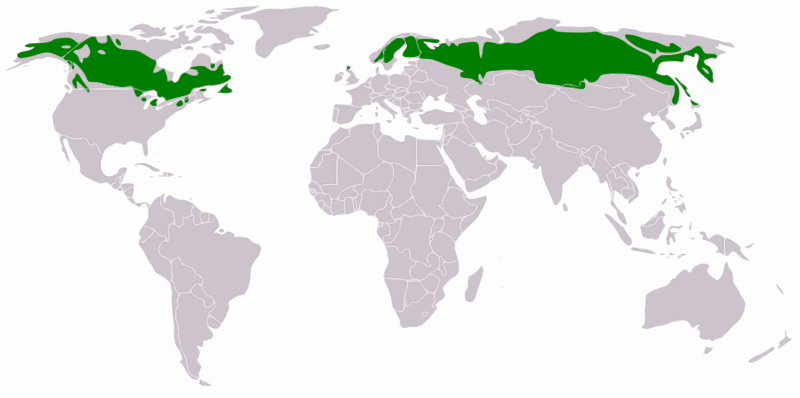


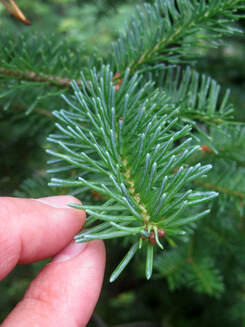
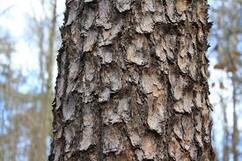
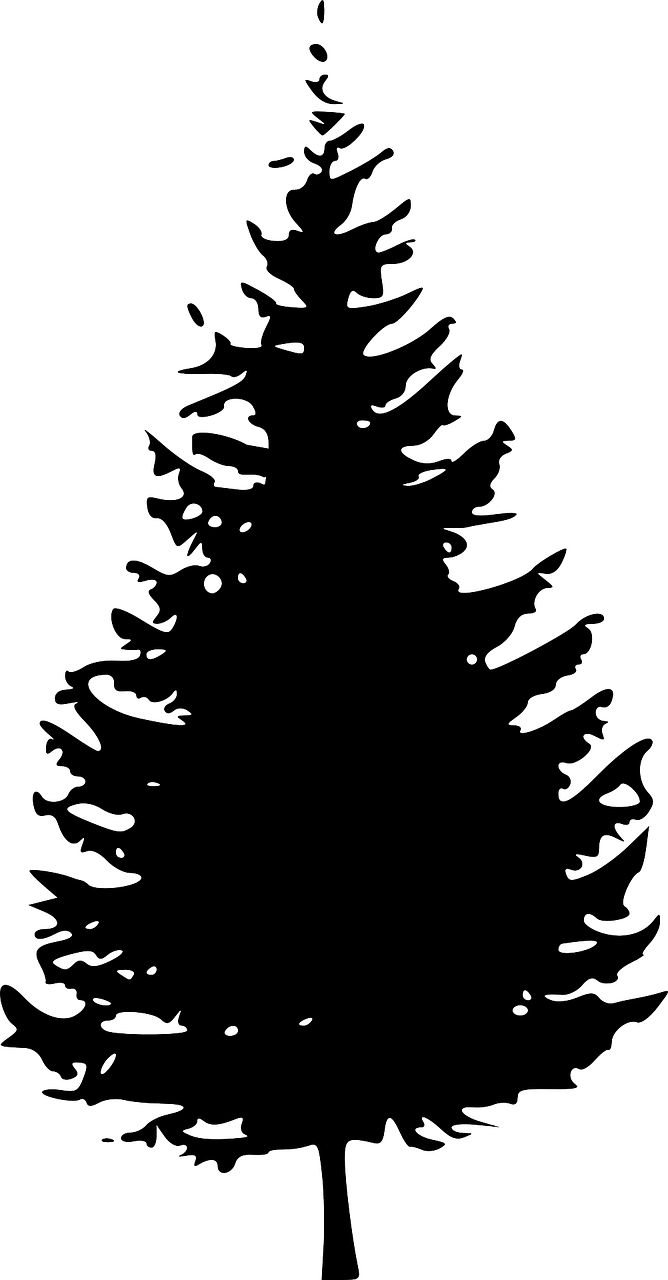
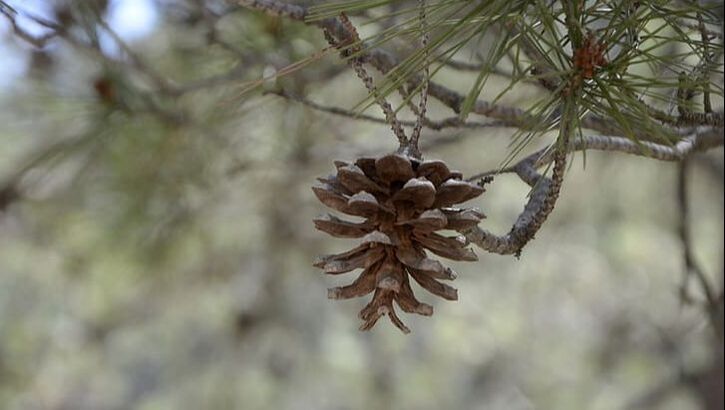



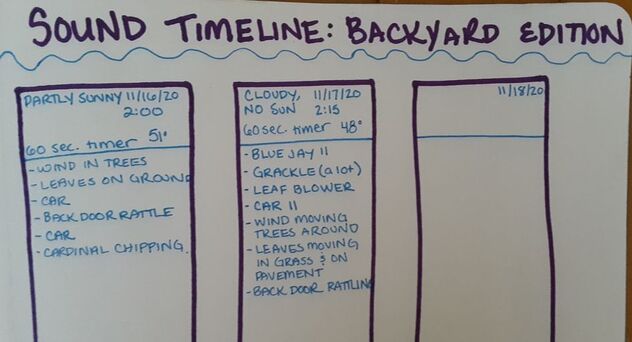
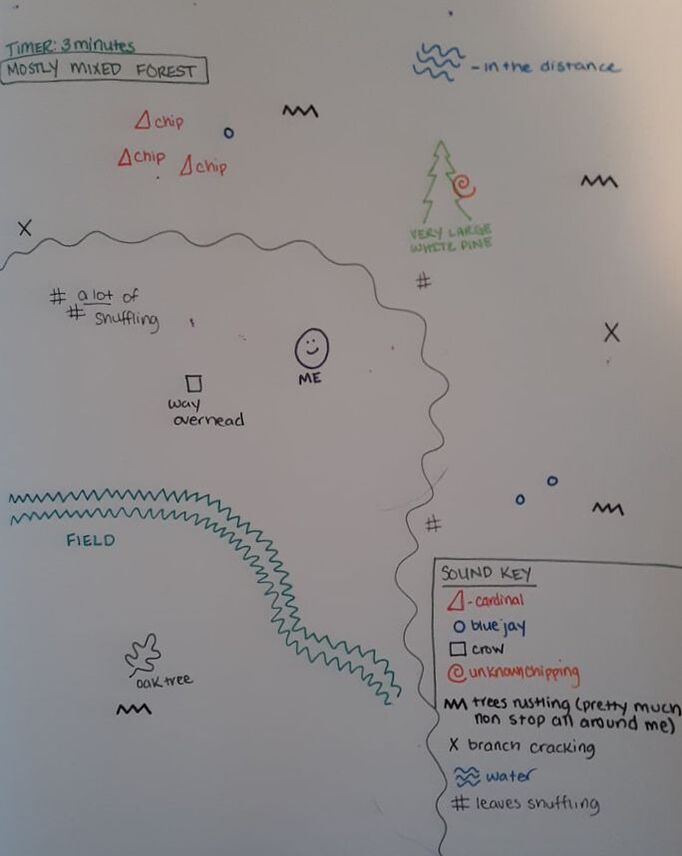
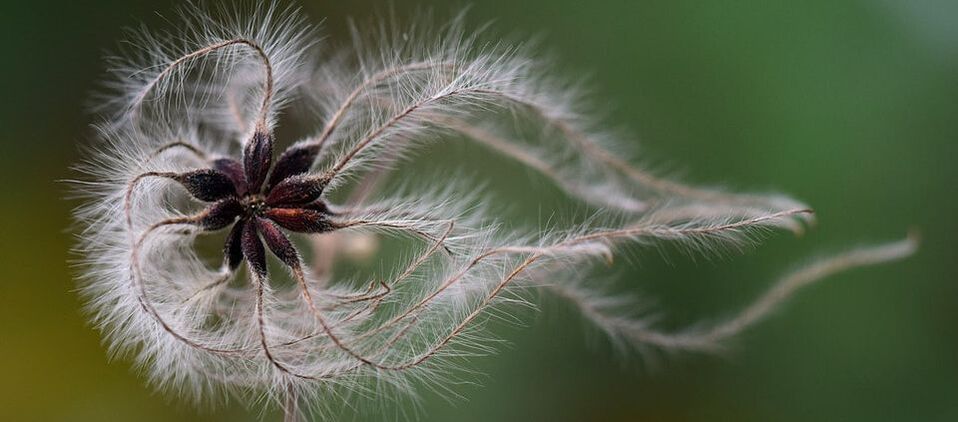

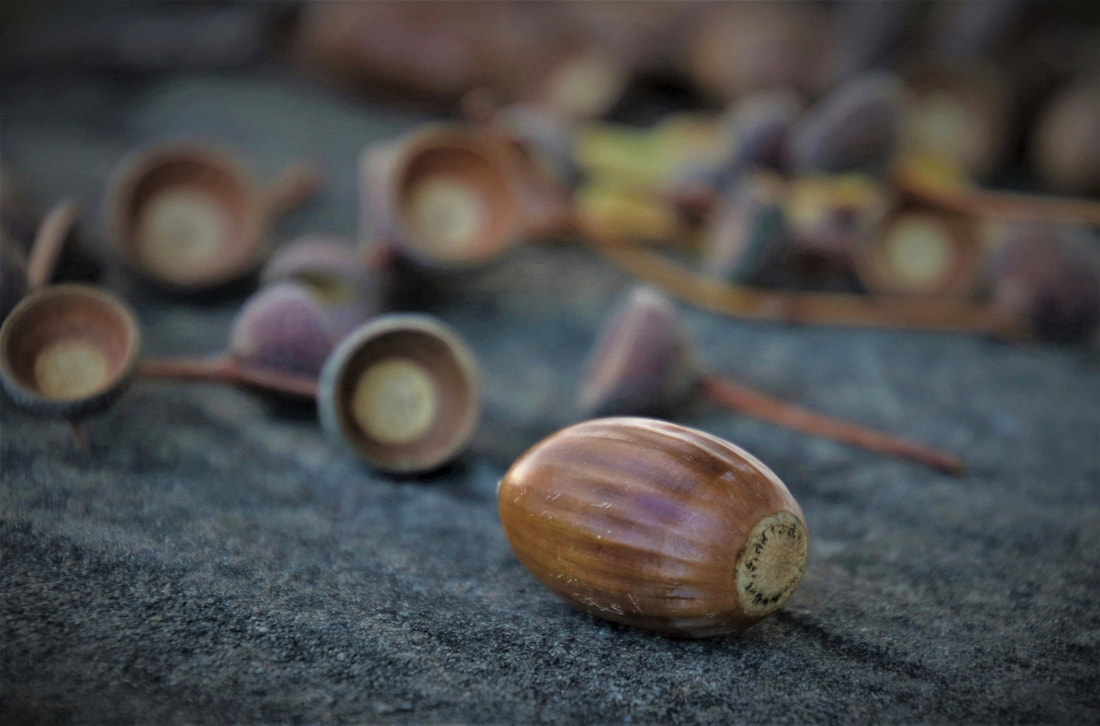

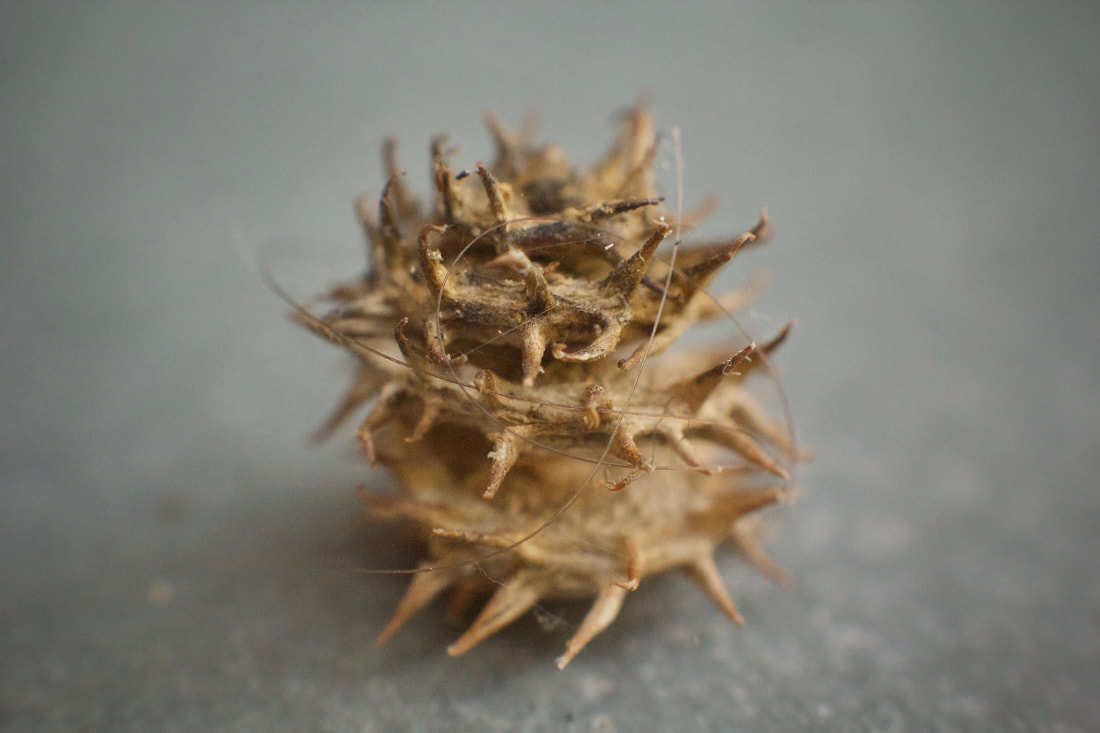
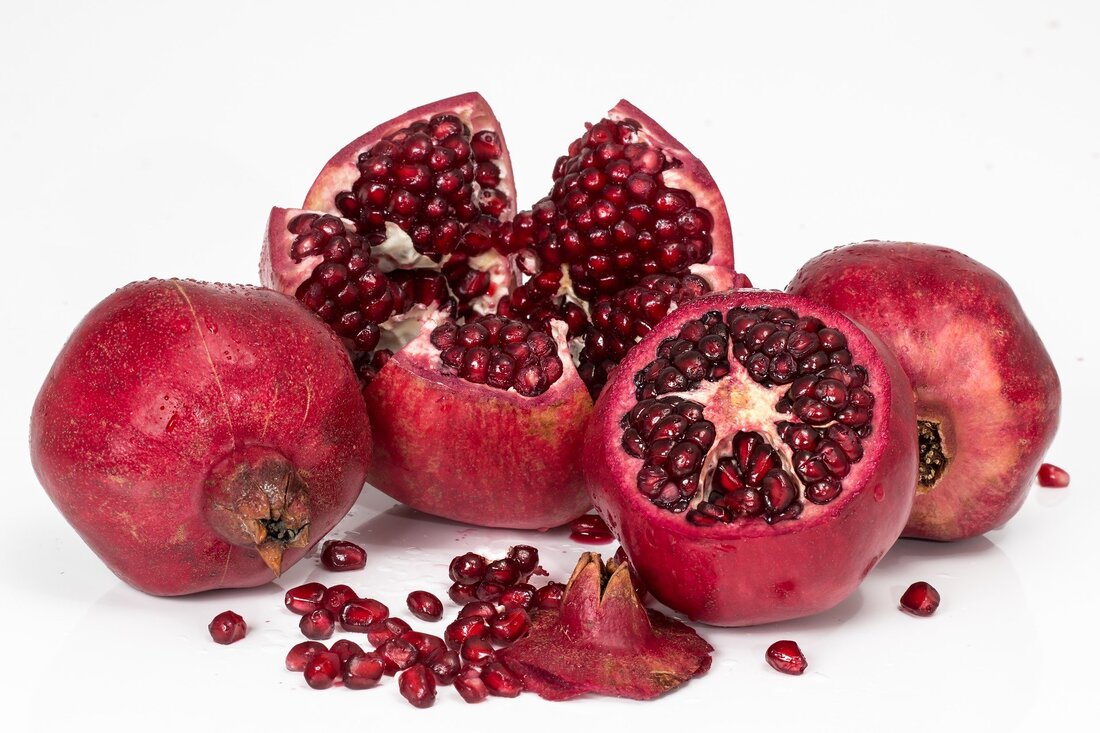
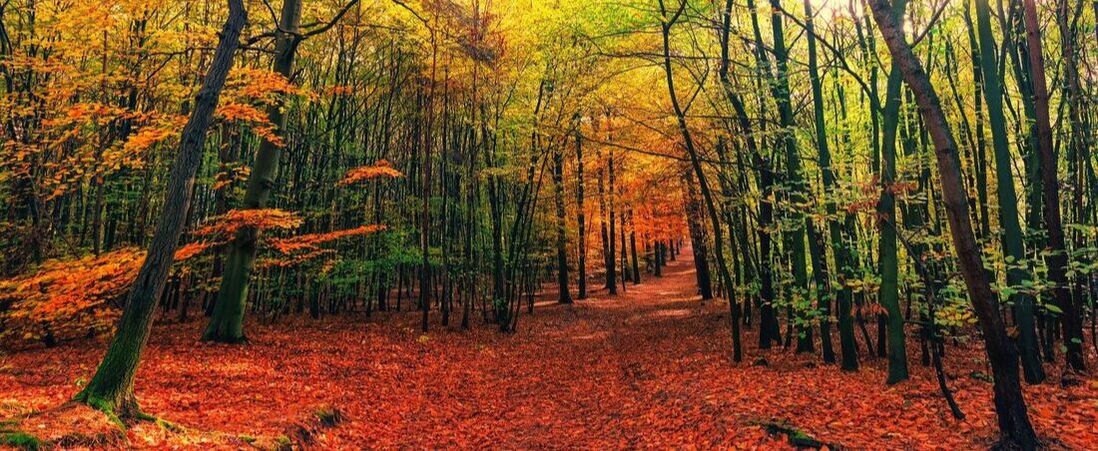
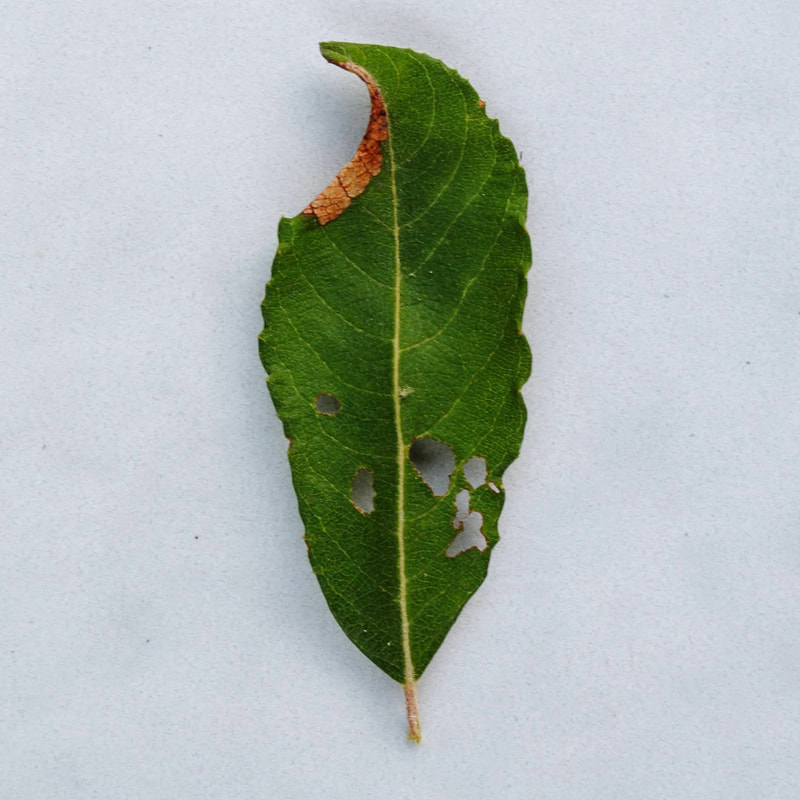
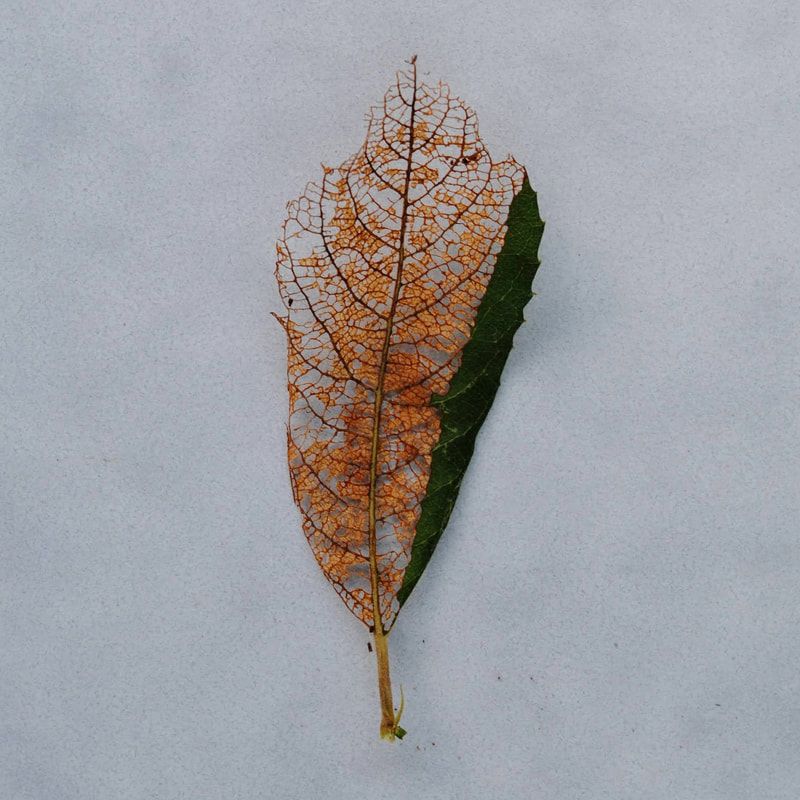
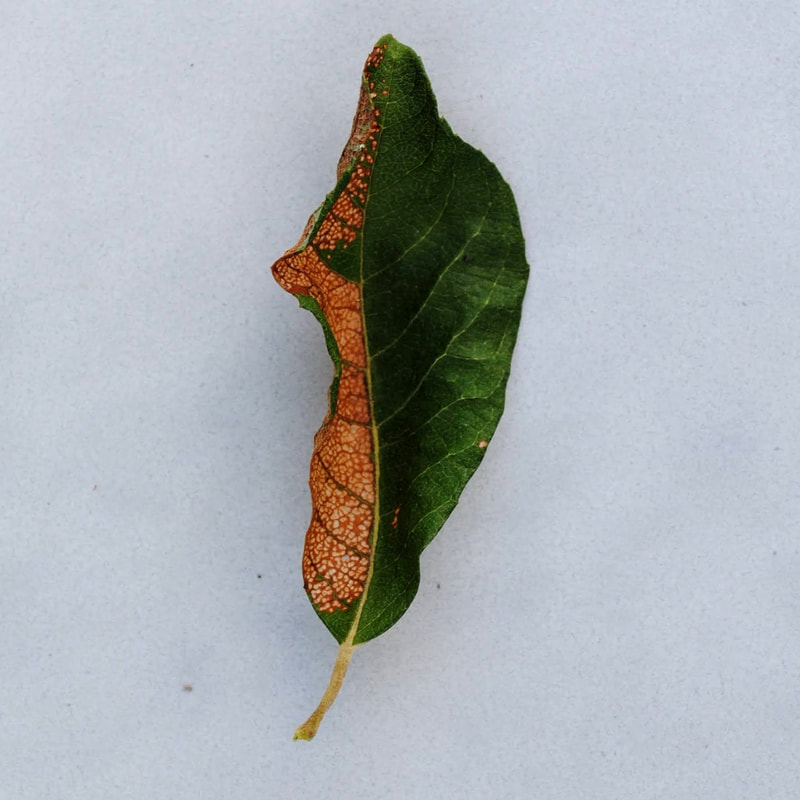
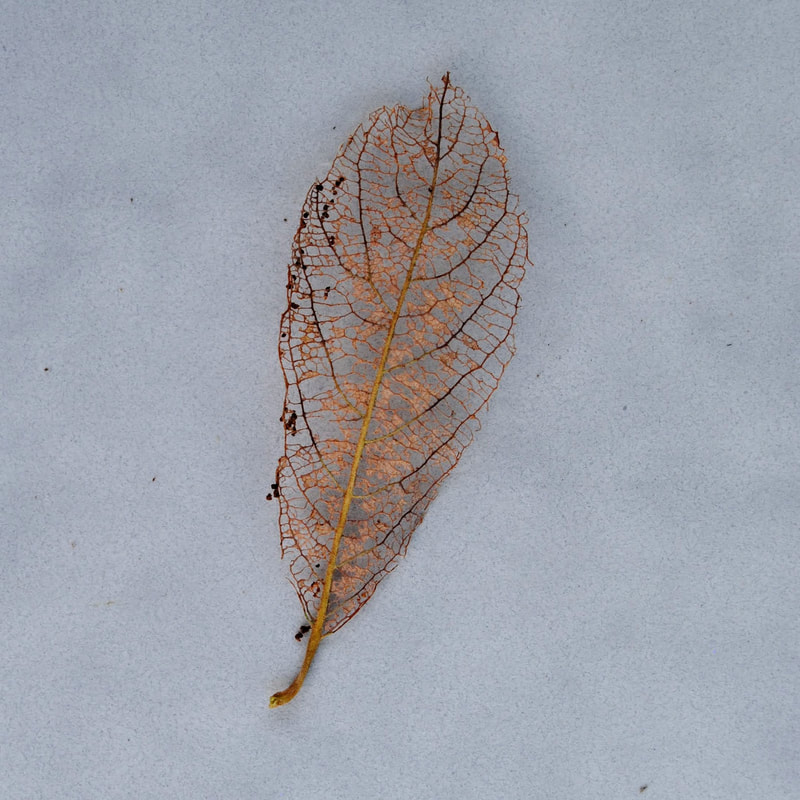
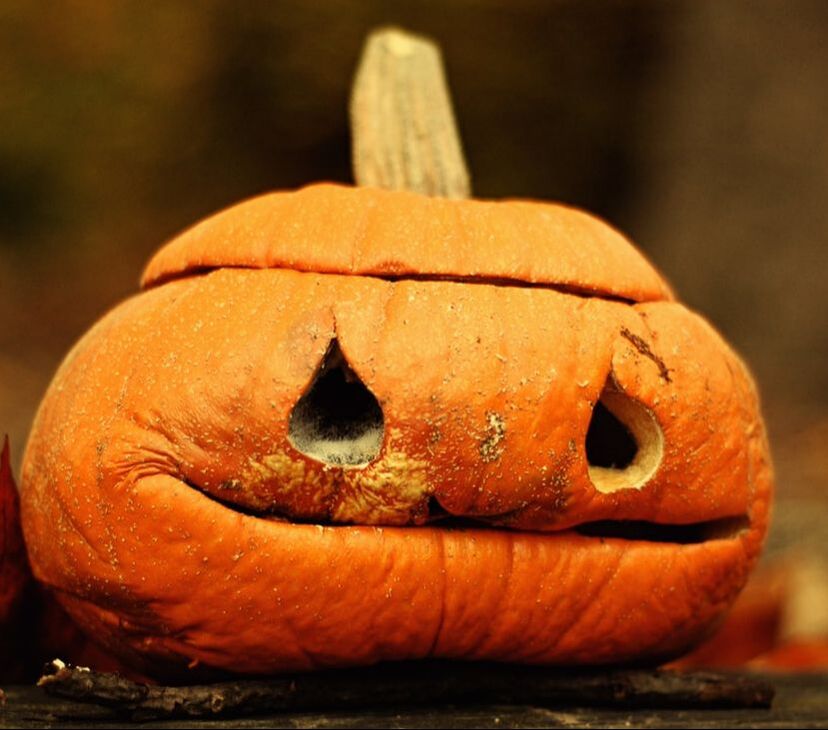

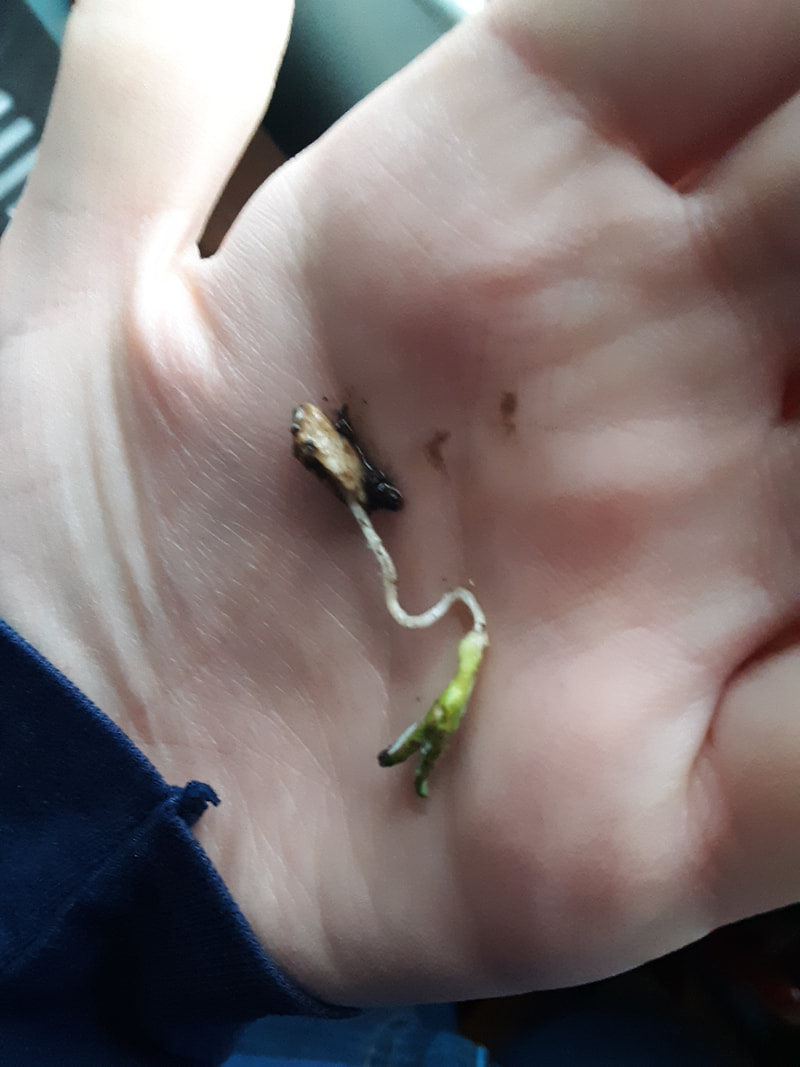

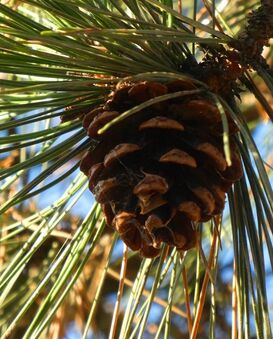
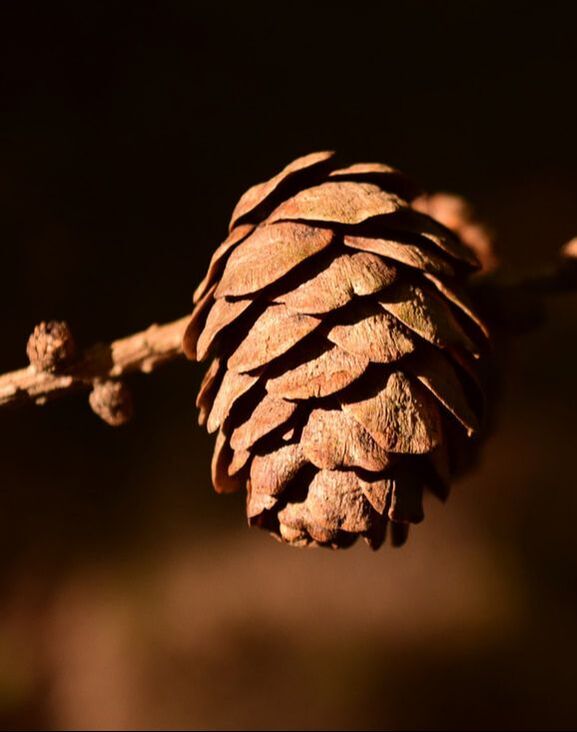
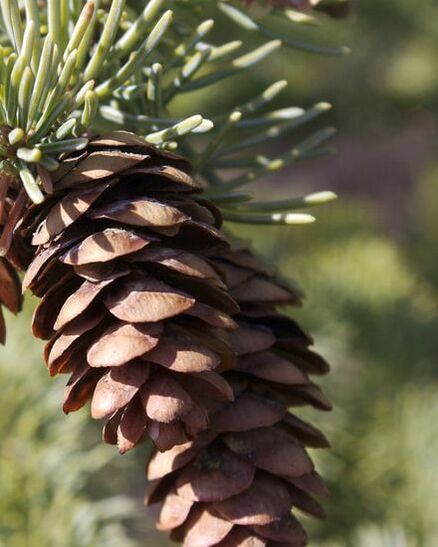
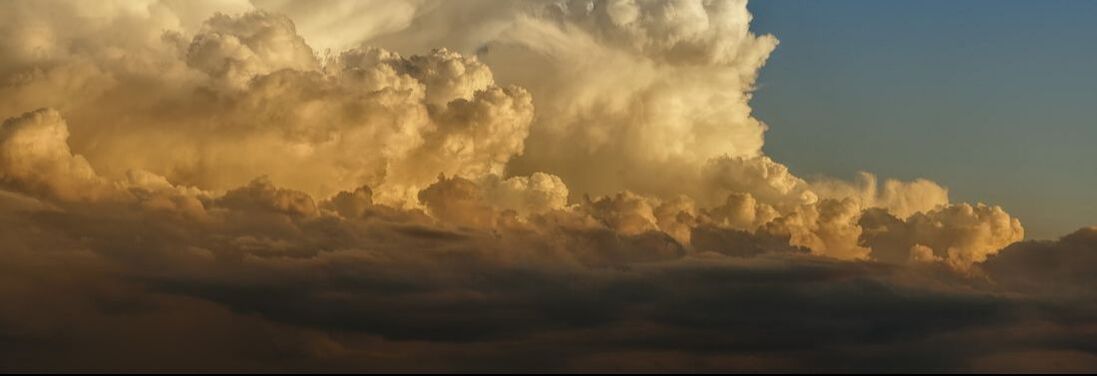
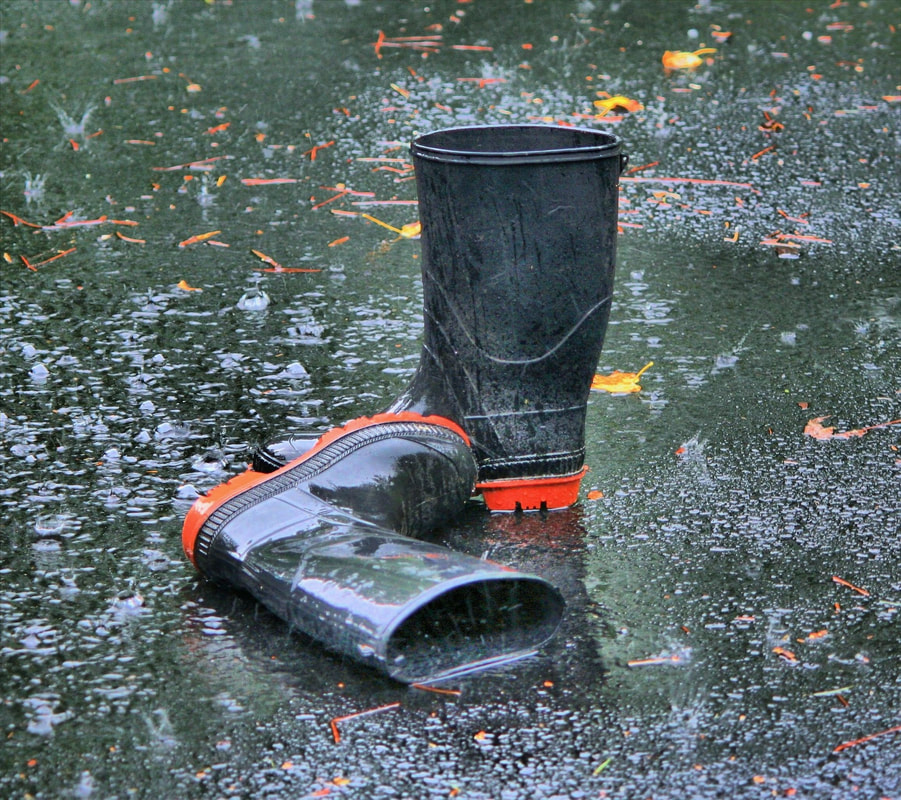
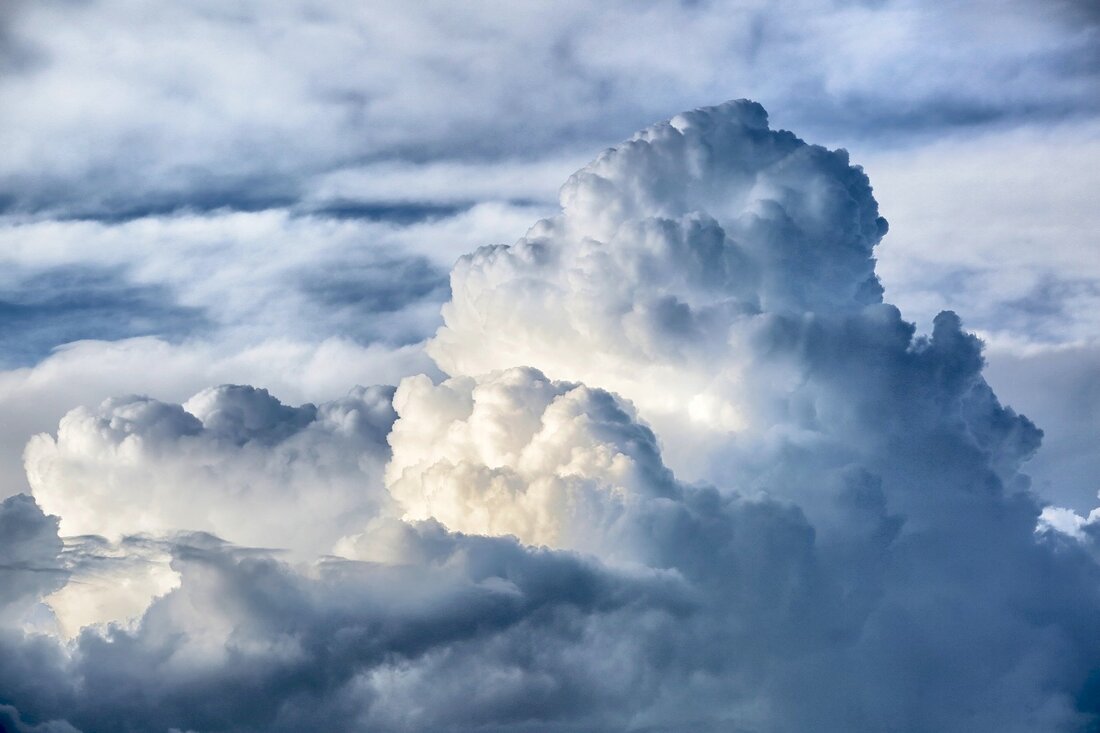
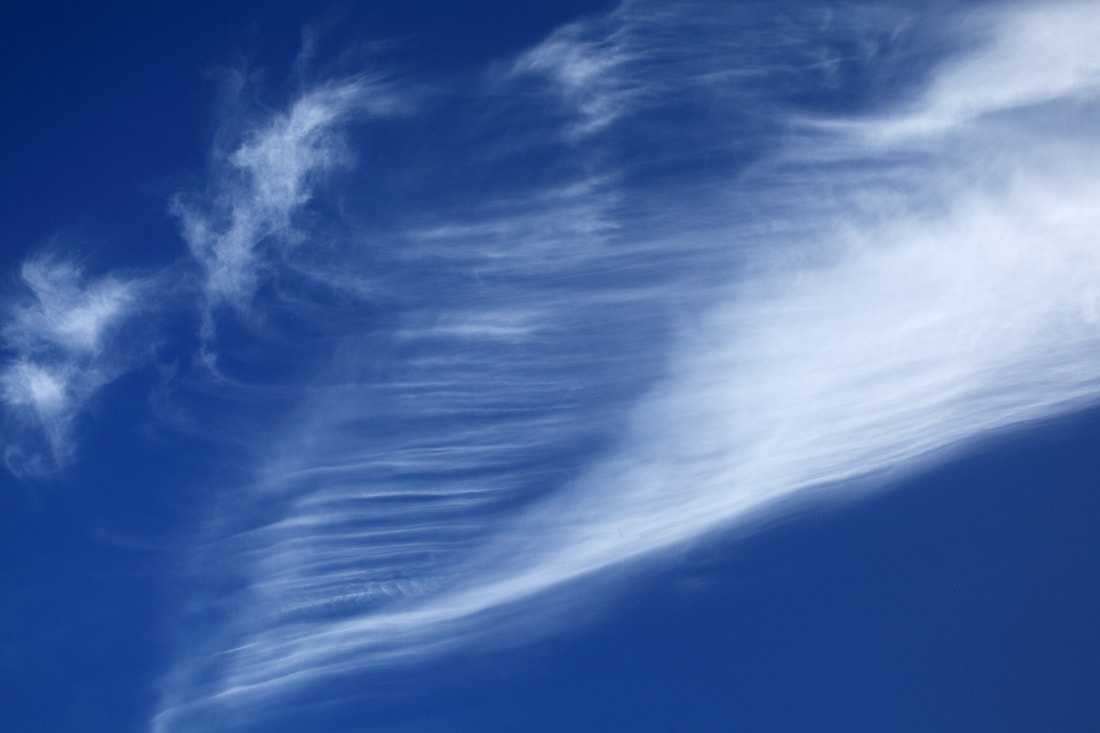

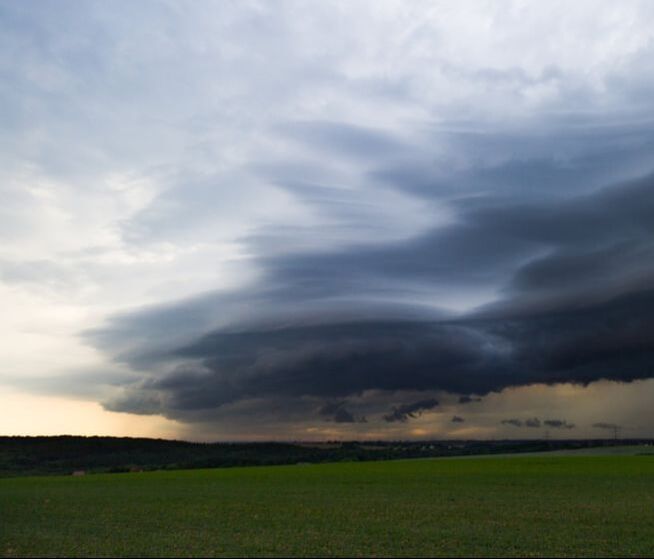

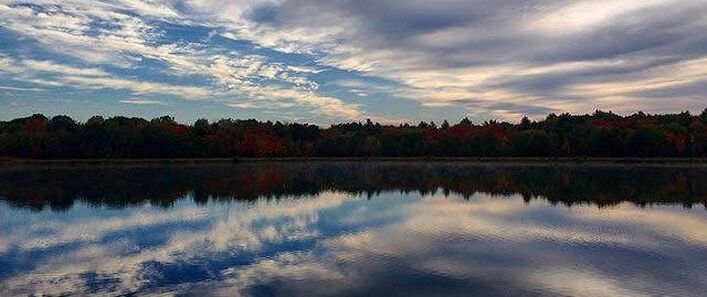
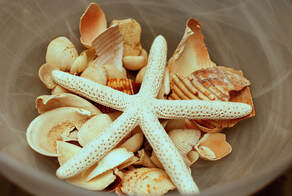

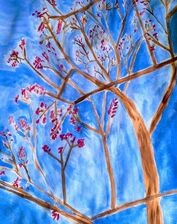

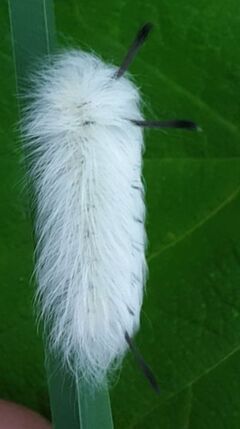
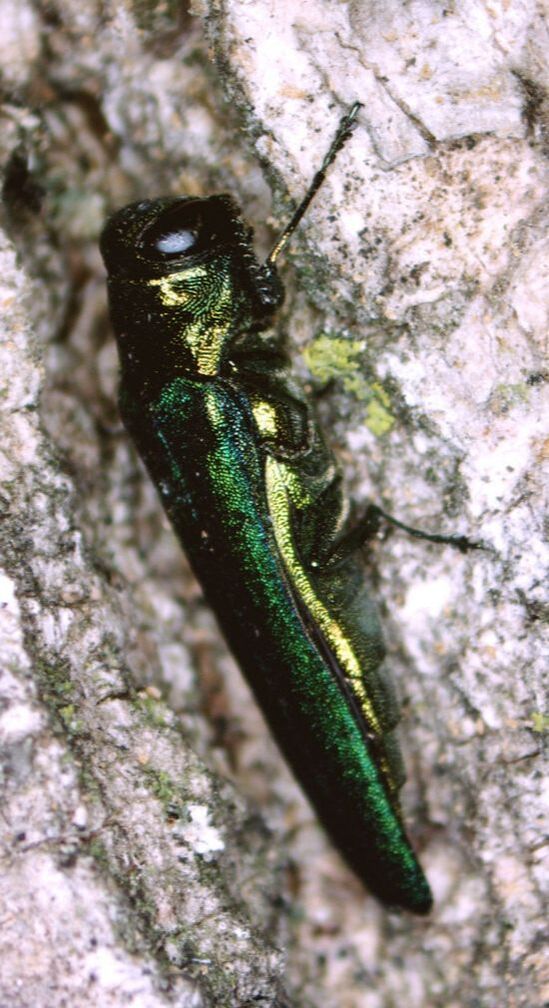
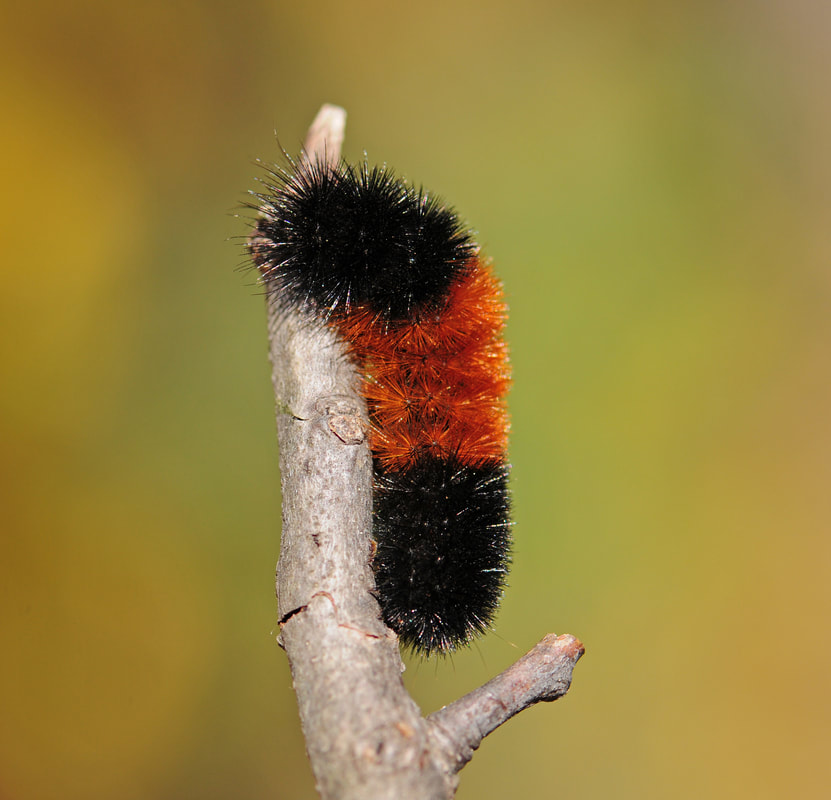
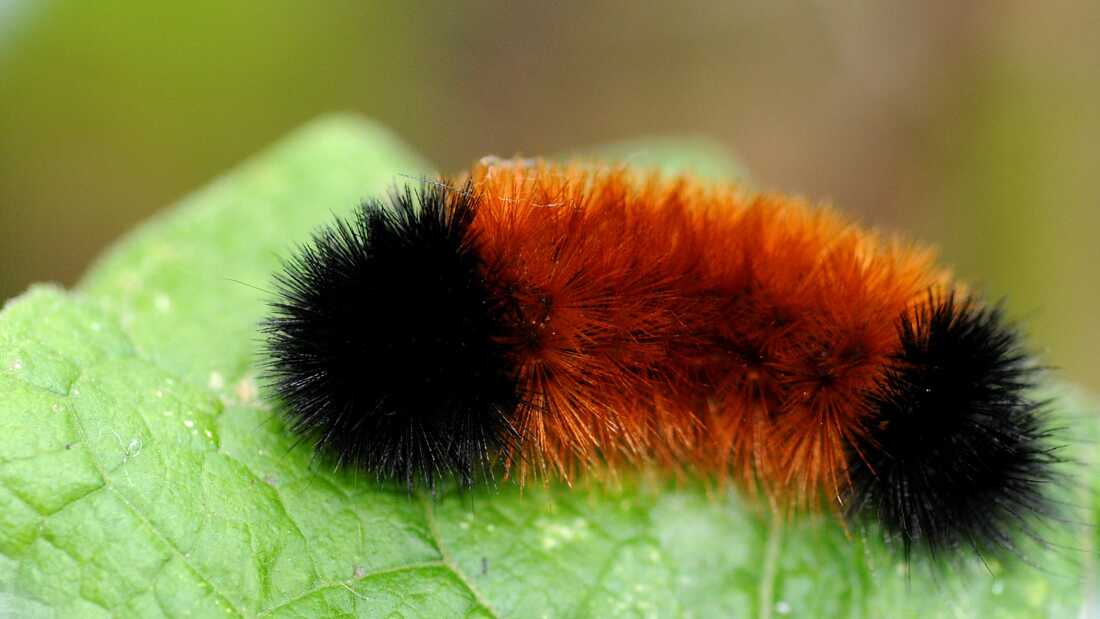
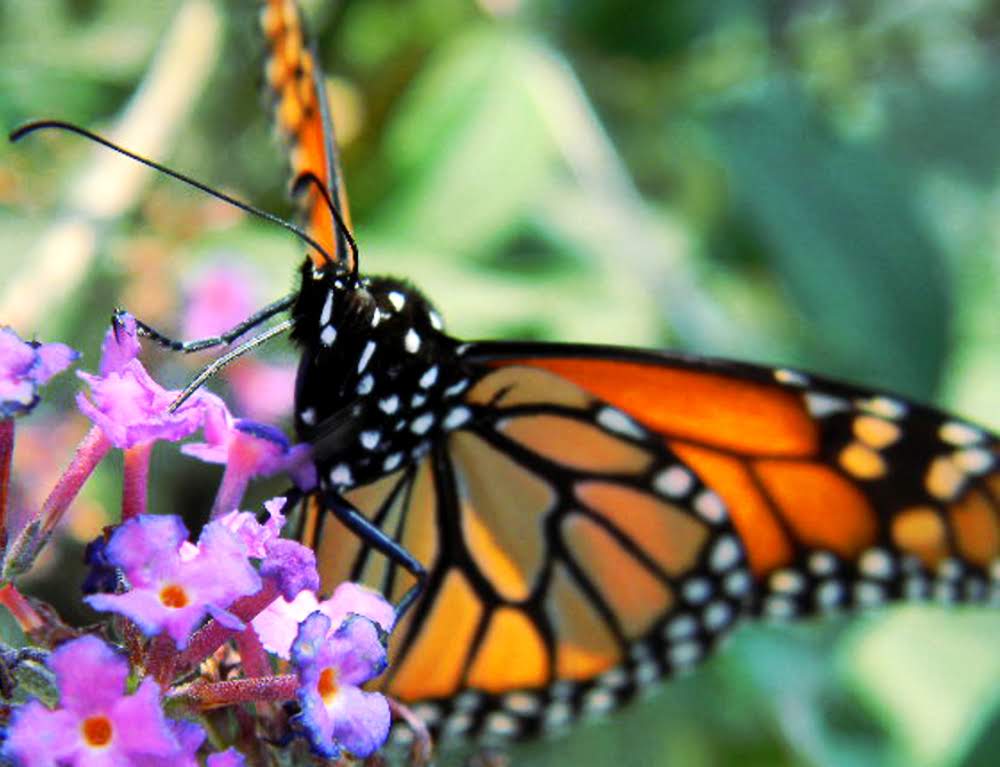
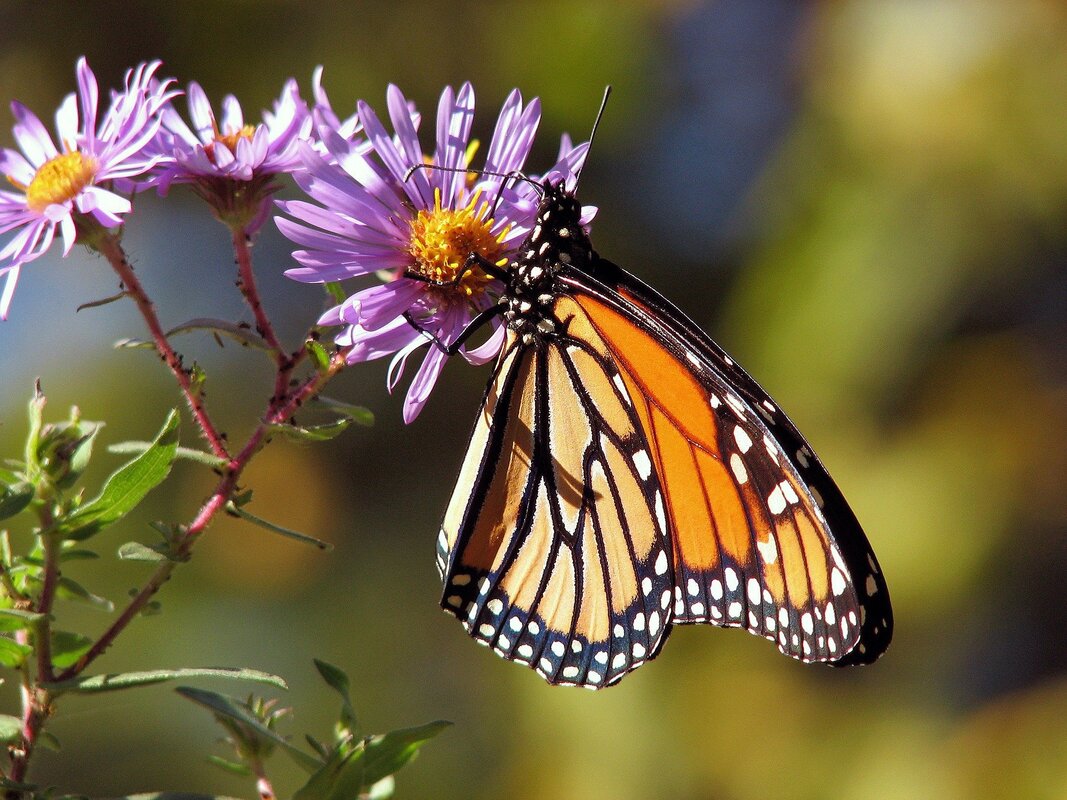
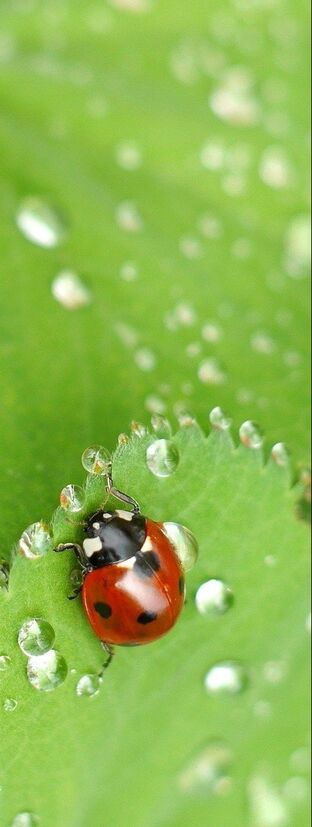


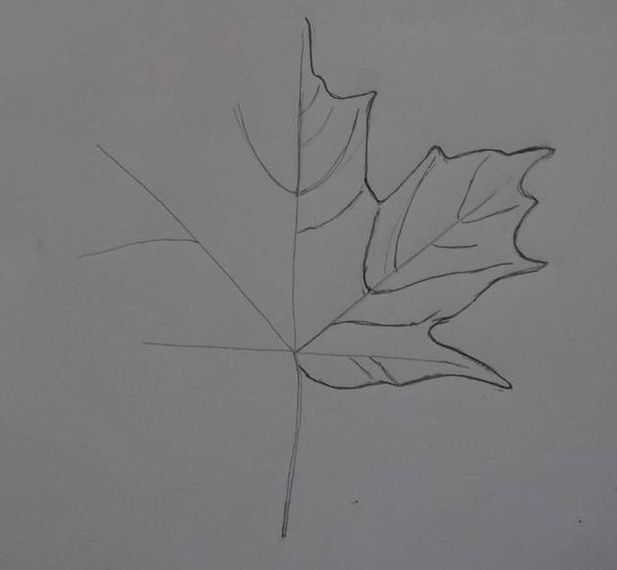
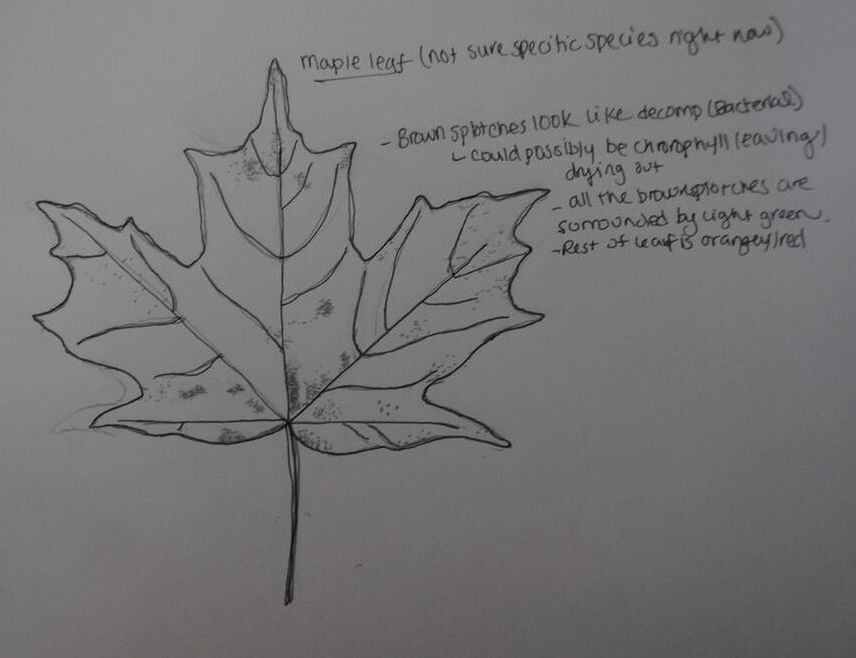
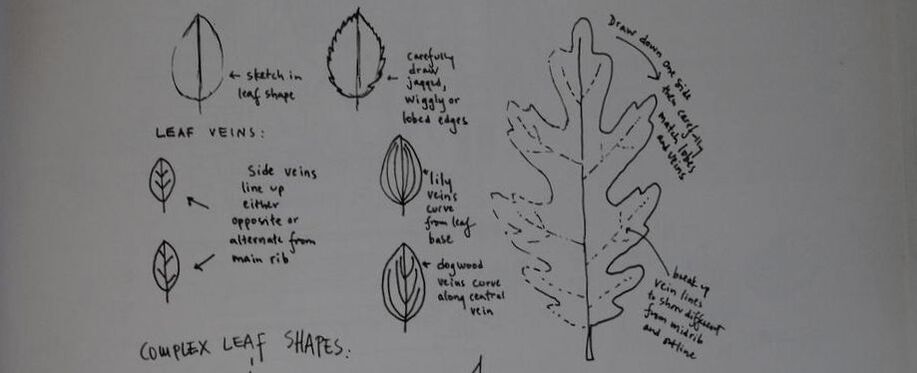
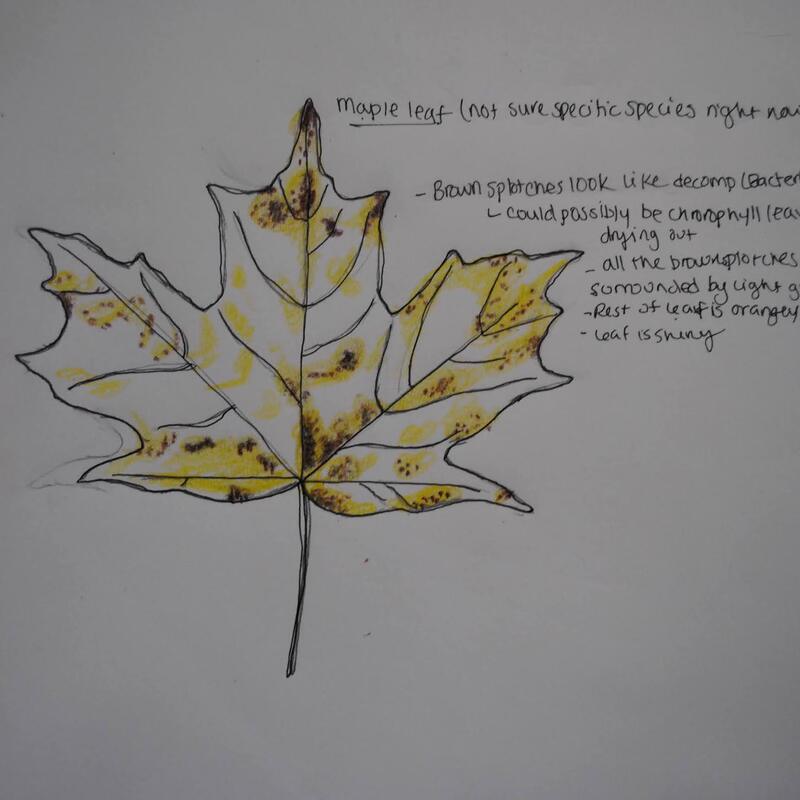
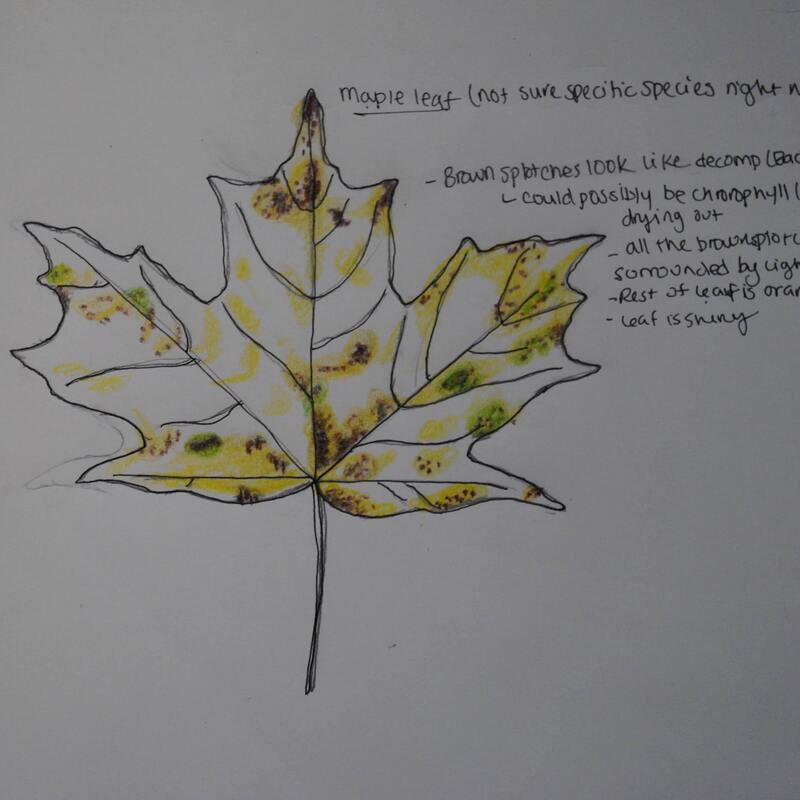
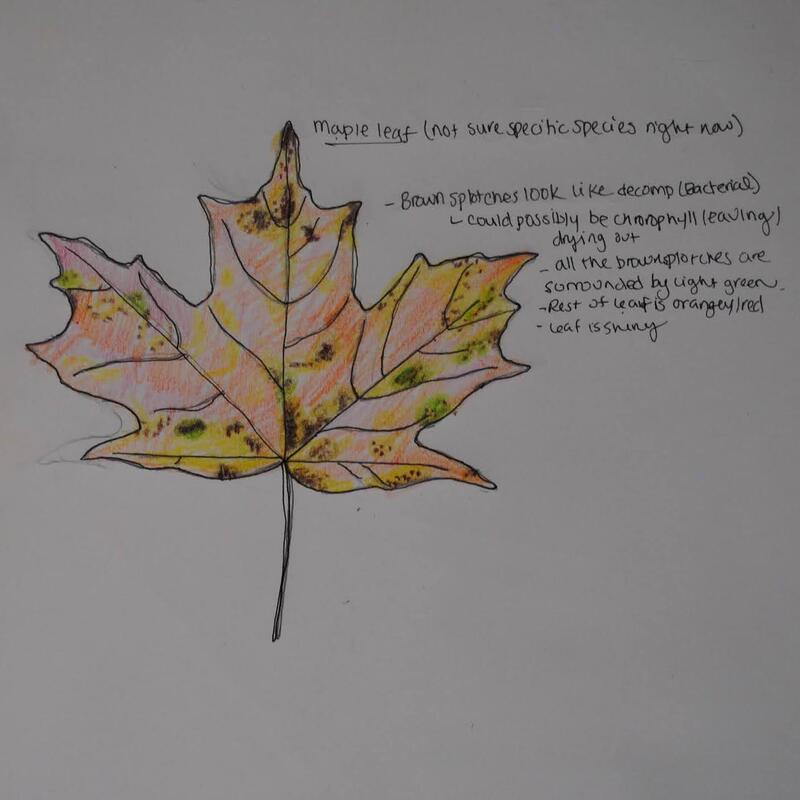
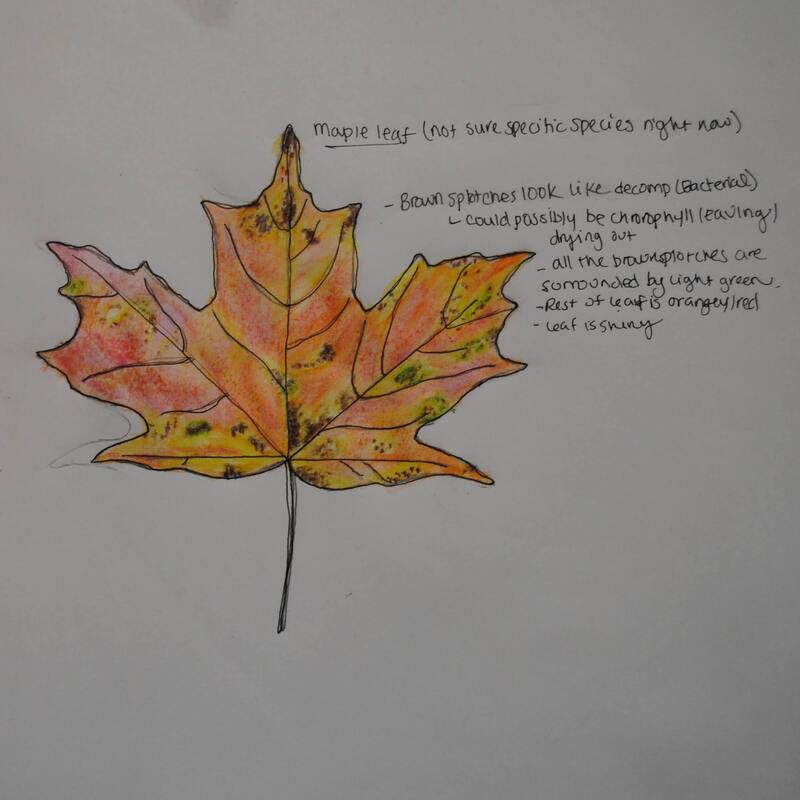
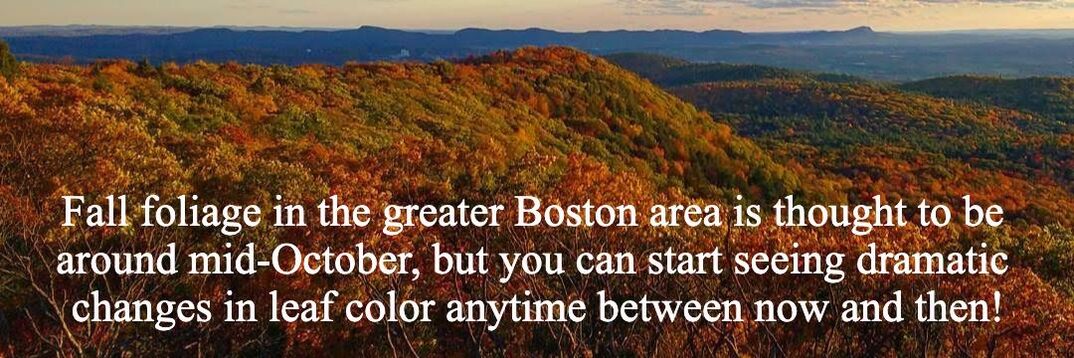
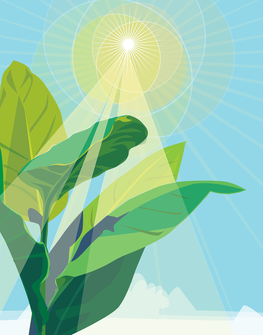
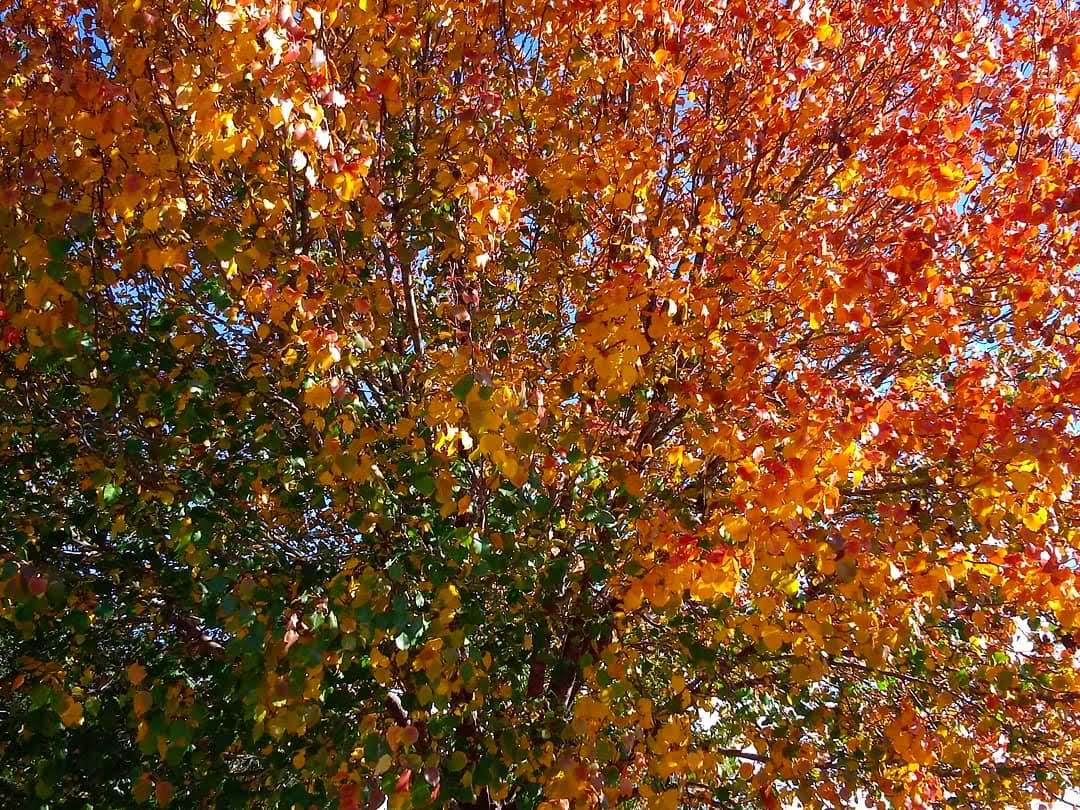
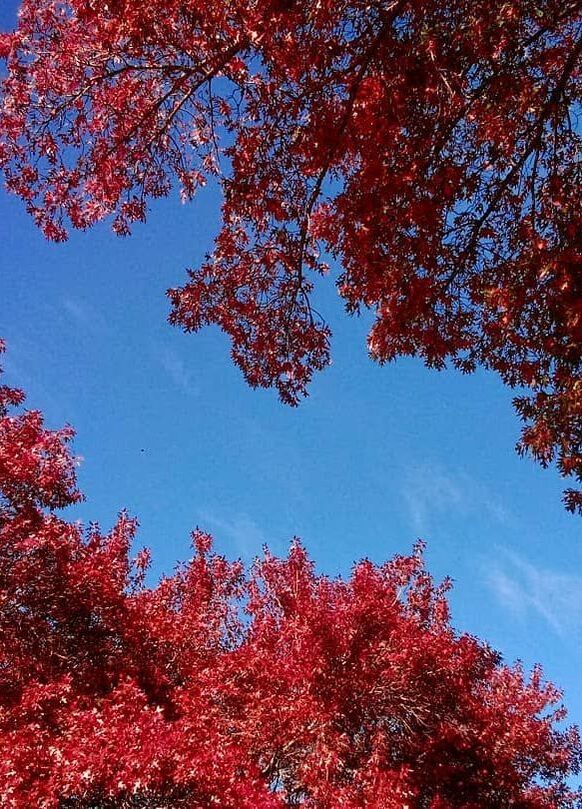


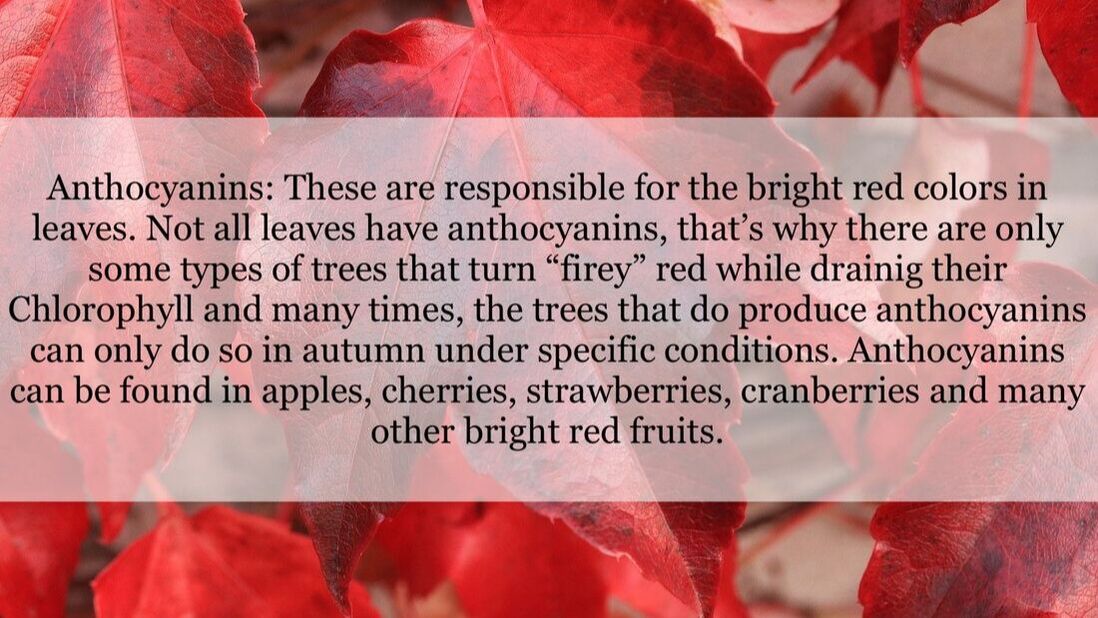
 RSS Feed
RSS Feed
